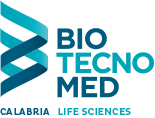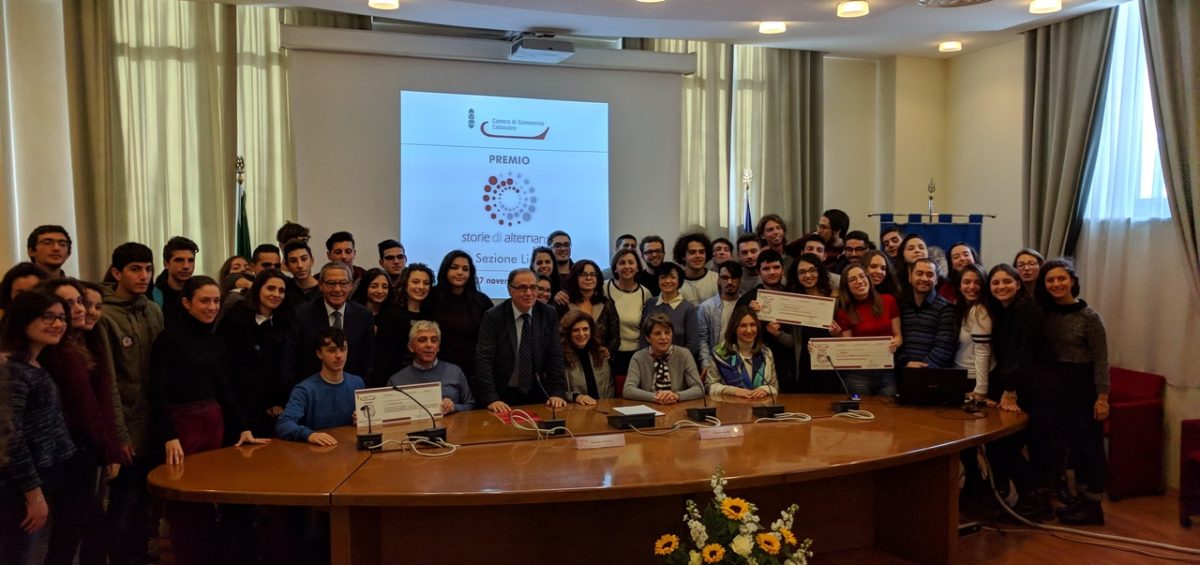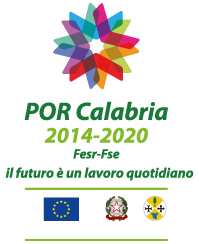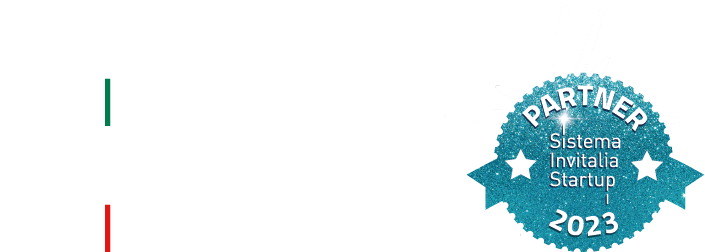The introduction of work related learning pathways for all the last three years of secondary and high school students, is one of the most significant innovations of the 2015 law 107 (La Buona Scuola) and it is at the same time, one of the most debated. Organising effective alternate pathways and reconciling the educational needs of children with the constraints imposed by the organisational structure of companies is not easy. In some cases, confirmed in a small way all over Italy, the alternate pathways have been turned into a way to get free labour and to exploit the students by using them in tasks that have no relevance to training.
Fortunately, the experience we are talking about today on the blog has nothing to do with this kind of thing. Today we are talking about “Work Experience Success Stories”, like the one that involved our company and the Siciliani High School, Catanzaro. A success confirmed by the recognition granted to the school in the Catanzaro Chamber of Commerce initiative specifically called “Stories of Work Experience”, whose award ceremony took place on 27th November. During the initiative, prizes were awarded to the best video-clips produced by schools to describe their own work related experience. The Siciliani High School won first and third place, second place went to Galuppi High School.
The expression ”Stories of work experience” wants to draw attention to the experiences of the young people who have already been affected by the reform over the last two years. These experiences, as mentioned by George Sganga, the Special Commissioner of the Chamber of Commerce, can enrich young people and bring them towards the world of work in the best possible way, if done well.
The quality of the projects will vary a lot from school to school, since it depends on the organisational skills of the school and the contacts it has with local companies. Siciliani HIgh School has worked very hard indeed and since the first year of the new reform has proposed good projects, which are both educational and appropriate. It was the same with the two winning projects and in particular the first, completed by 5E and some students of 5D with us at BIOTECNOMED s.c.a.r.l., and it involved the development of a low-cost device to monitor seismic events to install and use at school. The device has been called MIA (Monitor-Inform-Alert) and both software and hardware have been entirely conceived, designed, developed and tested by the kids,: the device uses the Raspberry platform and is able to constantly monitor the web service INGV (National Institute of Geophysics and Volcanology) to detect earthquakes occurring in areas that might be of interest to the school. The logic and data analysis software is a simple example of Artificial Intelligence. The outer casing of the device is manufactured using 3D printing technology.
The second award-winning story is about the experiences of the students of the 5A and 5G, at the INFN Frascati (National Institute of Nuclear Physics) laboratories with which the school has maintained a unique relationship for many years. Guided by INFN researchers, students have built and calibrated a new generation portable detector of cosmic rays and have assembled devices in the nanotechnology laboratory based on graphene and carbon nanotubes for medical and environmental applications.
These experiences, recorded in the form of video clips, have been awarded by the Chamber of Commerce with two cheques of 1500 € and 500 € respectively, and also the opportunity to go forward to participate in national selection.
Special thanks go to the Francesco Colosimo Alexander, one of the pupils involved, for having participated in the drafting of this post.




